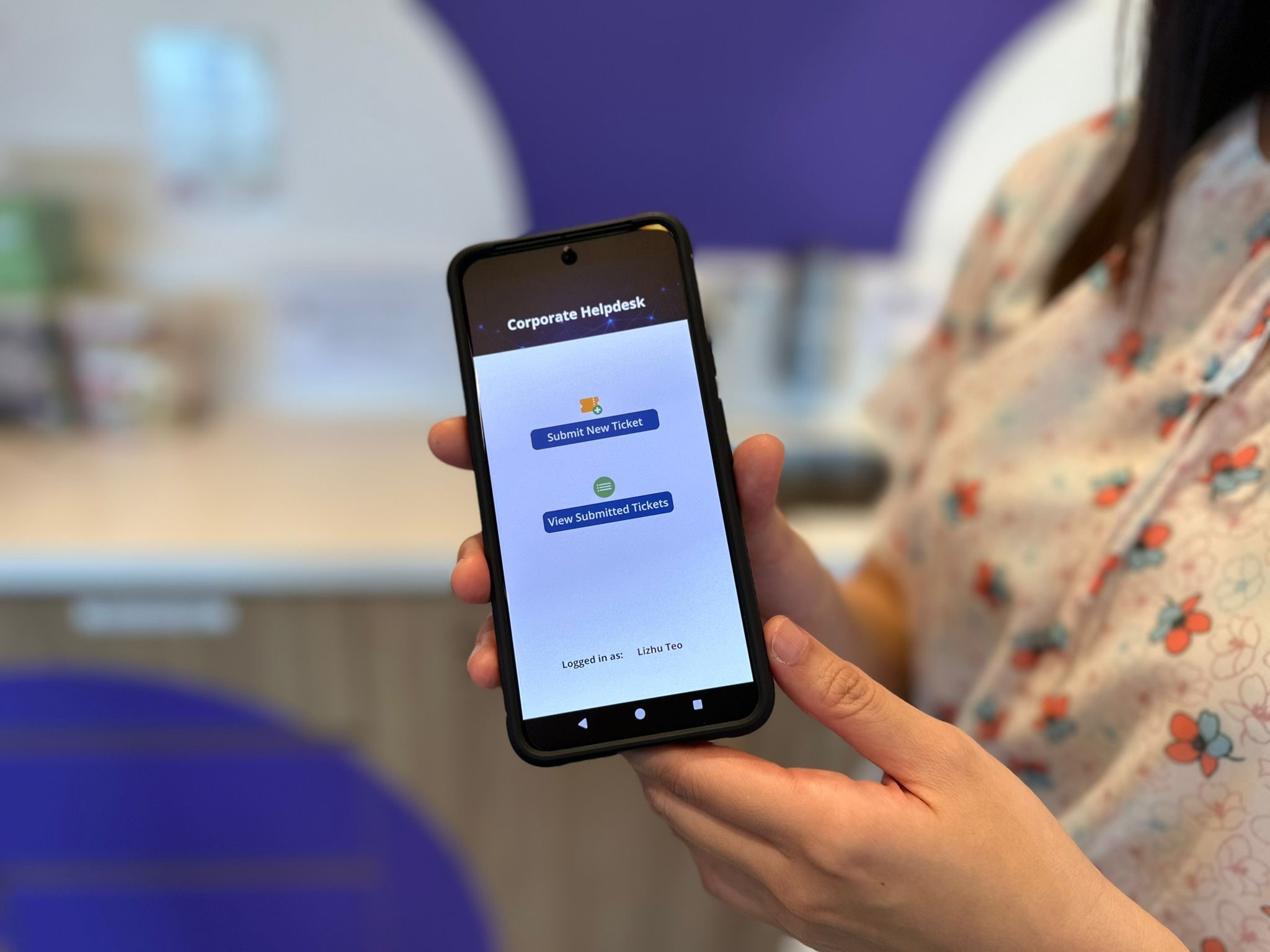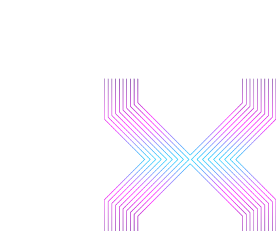.jpg?sfvrsn=5dc83677_3) InnovA winners Arka Ray and Teo Lizhu. (Photo: HTX)
InnovA winners Arka Ray and Teo Lizhu. (Photo: HTX)
When you think of innovative products, your mind probably automatically goes to something like ChatGPT—a product that has revolutionised our way of life. However, innovation is not just about coming up with big and disruptive ideas, it can also be about improving existing processes and services.
Take Home Team Innovation Awards (InnovA) winners, Arka Ray and Teo Lizhu for instance, whose innovative solutions have helped ease the workflow of fellow Xponents and Home Team officers. Arka, an engineer from the Q-team, won the Platinum award for his work on multiple projects such as the multilingual speech-to-text application. Lizhu, Head of Facilities Management from the Corporate & Finance division, won the Silver award for the Corporate Helpdesk app she built from scratch.
Creating new ideas and products is really about trial and error, where you can find even more innovative solutions when you learn from your mistakes.
How to start innovating
Innovation might seem intimidating at first glance. After all, most of the innovative people listed on Google—from Thomas Edison to Bill Gates—are experts in their domain. That naturally leads to the question, “How can I be innovative if I’m just a ‘regular’ person?”
Well, the first step to innovation is a lot simpler than you might think—it simply entails observing the world around you and noticing unsolved problems.
For example, Arka was inspired to create the multilingual speech-to-text application after witnessing the struggles Home Team officers go through while transcribing and translating videos. Not only do they have to meticulously jot down every word spoken in the video, but they might also have to translate foreign language videos into English!
“The multilingual speech-to-text application helps Home Team officers save time by automatically transcribing videos in English. I’ve also added de-noising and speaker separation to the application so that the algorithm can provide a quick and seamless account of what each speaker is saying,” Arka explained.
Similarly, Lizhu noticed that the process of resolving Corporate-related issues could be improved. Although Xponents reported these issues via FormSG, the HTX Corporate Team had to manually collate the status of these reports and record the time taken to solve them. On top of this bookkeeping, Corporate staff also had to provide Xponents with regular status updates on their reports.
Seeking a way to reduce the amount of manual labour her colleagues had to do, Lizhu decided to build an app that automatically tracks the status and time taken to resolve each case.
“I even added features in the app to help Xponents as well! For example, the app allows Xponents to view the status of their logged cases at any time,” Lizhu proudly shared.
While Lizhu and Arka have no doubt built successful applications, they attribute their success to a surprising factor—failure.
Failure breeds innovation
Most of us might think that failure is the end of innovation. After all, we have a lot on our plate at work and a failed initiative could have “wasted” our time.
Lizhu admits, “One of the biggest challenges I faced while developing my app was the nagging fear that I would fail. I was thinking that in the two months I’ve spent to develop this app, I could’ve gone through the more established process by outsourcing the development of the system to a vendor.”
However, the process for attaining a new system from a vendor is time-consuming. For example, the system might only be ready in 8 to 10 months due to the lengthy acquisition process. Lizhu realised that by creating her own app, she could bypass the process and help her colleagues even faster.
Indeed, while a new system would have taken months to arrive, Lizhu’s app was released to Xponents after its short two-month development process.
Like most individuals with no prior coding knowledge, Lizhu faced an uphill battle while developing her app. After all, learning about basic coding theories from YouTube videos is simple enough, but actually putting these theories into practice is the most challenging bit.
“I found that the best way to learn was by failing. With each bug and failure, I learnt more about debugging code and could further improve my coding skills. I’m also thankful that my boss was supportive of me through all the setbacks and even volunteered to test the app out!” Lizhu said.
 Lizhu’s app is now fully operational and has been widely adopted by Xponents. (Photo: HTX)
Lizhu’s app is now fully operational and has been widely adopted by Xponents. (Photo: HTX)
Likewise, while Arka is not a green thumb in the technical scene, he too found that the multilingual speech-to-text algorithm was born out of many failures.
“Initially, my team and I tried to train the model over the summer, but we failed and ended up with a product we weren’t happy with,” Arka shared.
While most of us might have scrapped an unsuccessful project after months of trying to get it to work, Arka and his team decided to give the algorithm another go a few months later.
“When we sat down together again, we applied what we learnt from the earlier failures and managed to train a new model to our liking. Creating new ideas and products is really about trial and error, where you can find even more innovative solutions when you learn from your mistakes. In that sense, I’m lucky to have had a supportive environment in the Q-team where failure isn’t shunned but is seen as a stepping stone to more innovative ideas,” he added.
We are always seeking inquisitive and innovative individuals to co-create extraordinary solutions with us.
Join us to be at the forefront of the finest tech capabilities in the field! Join Us

